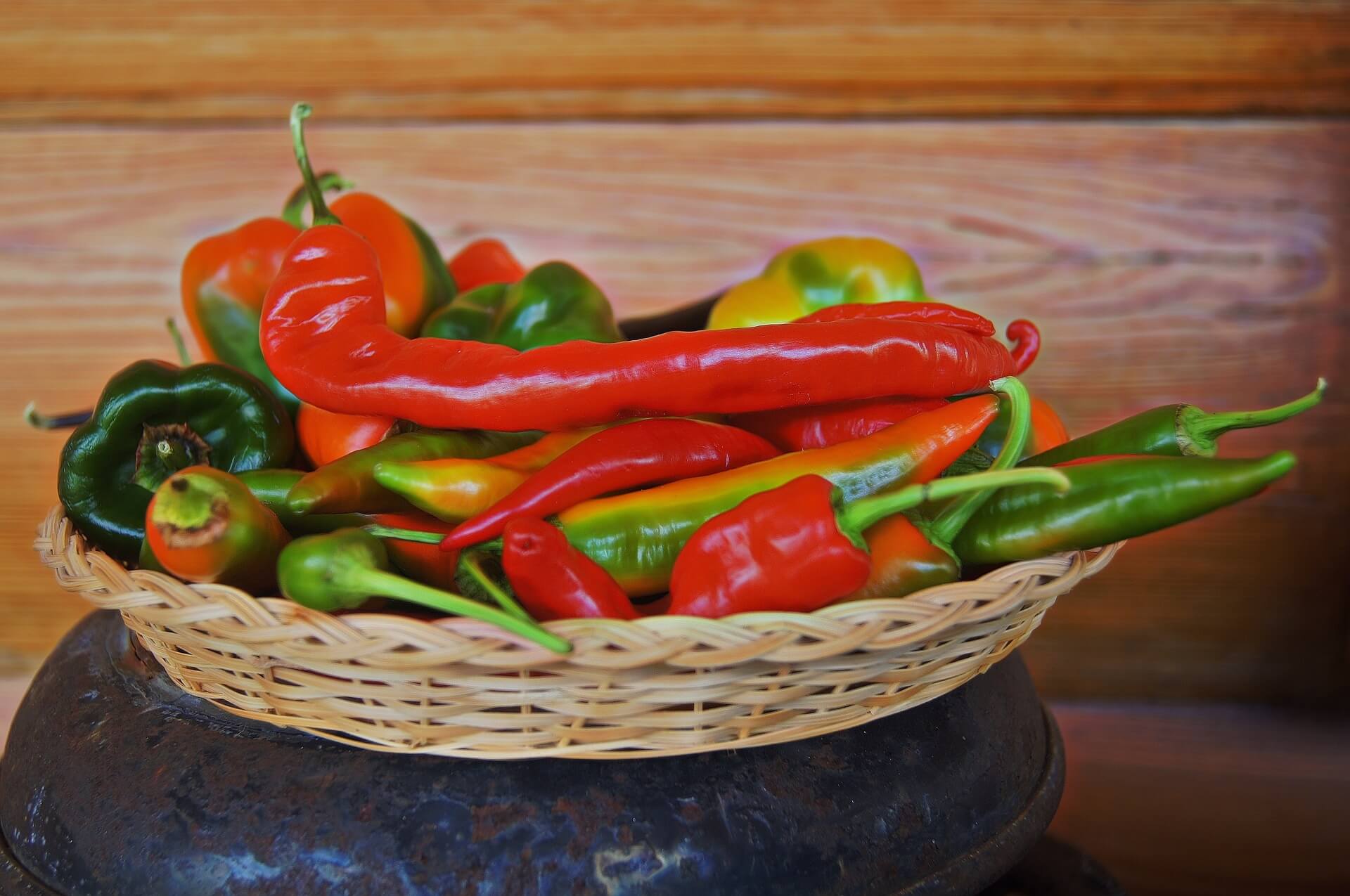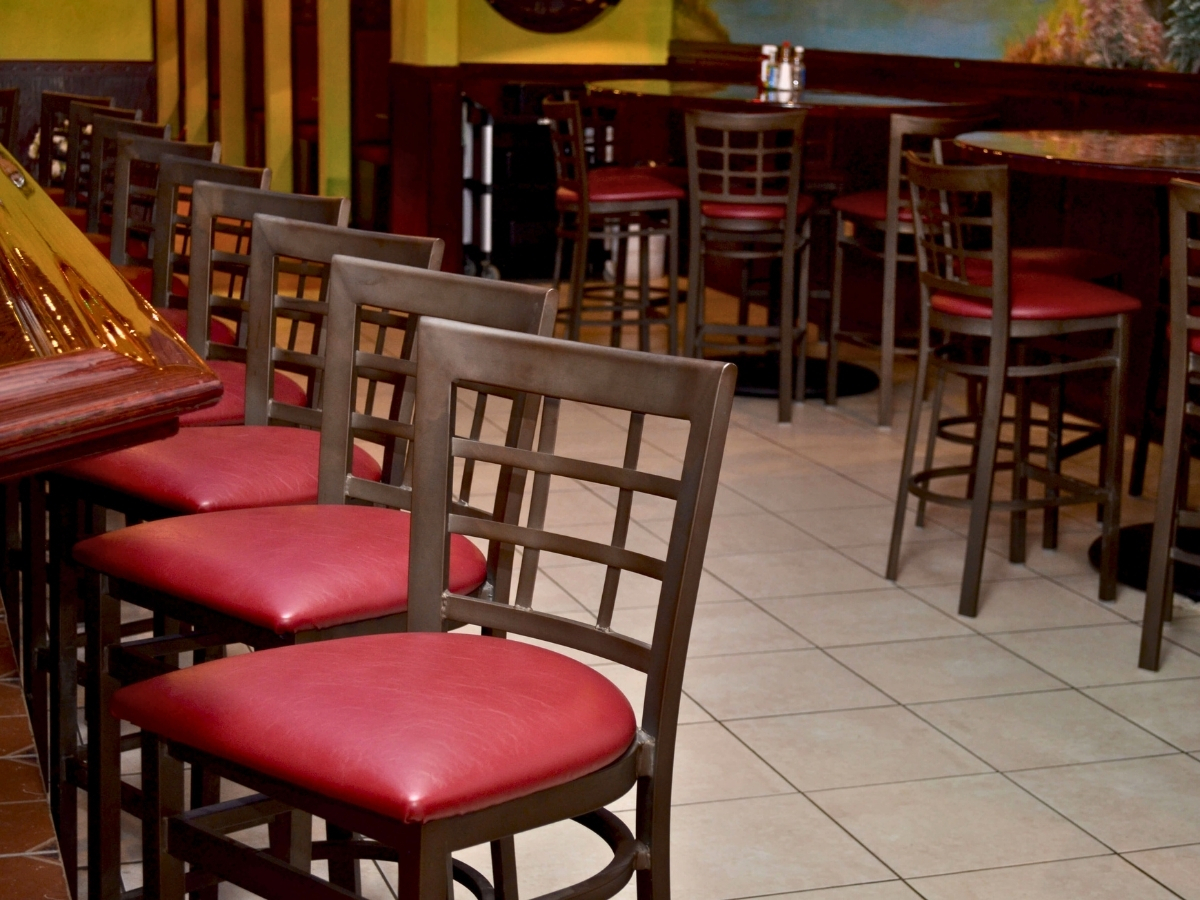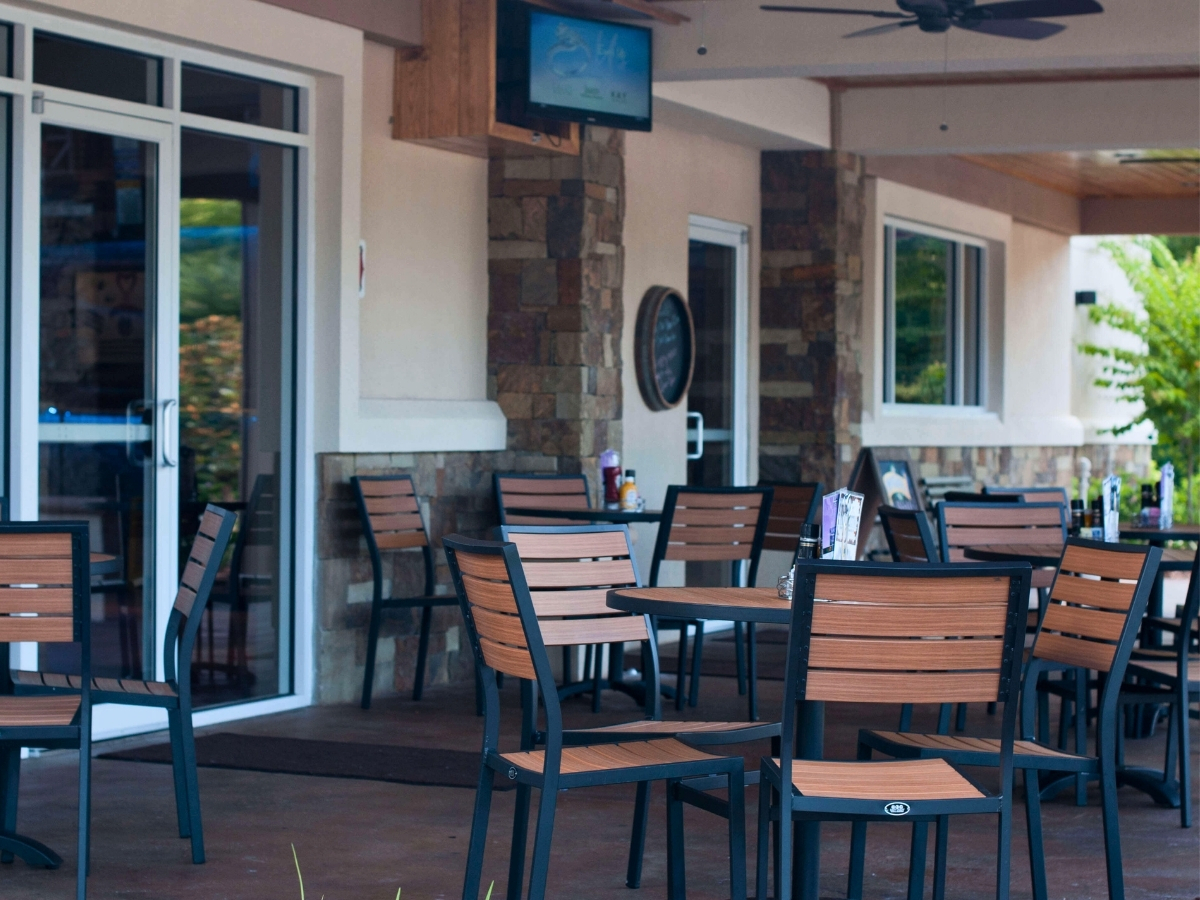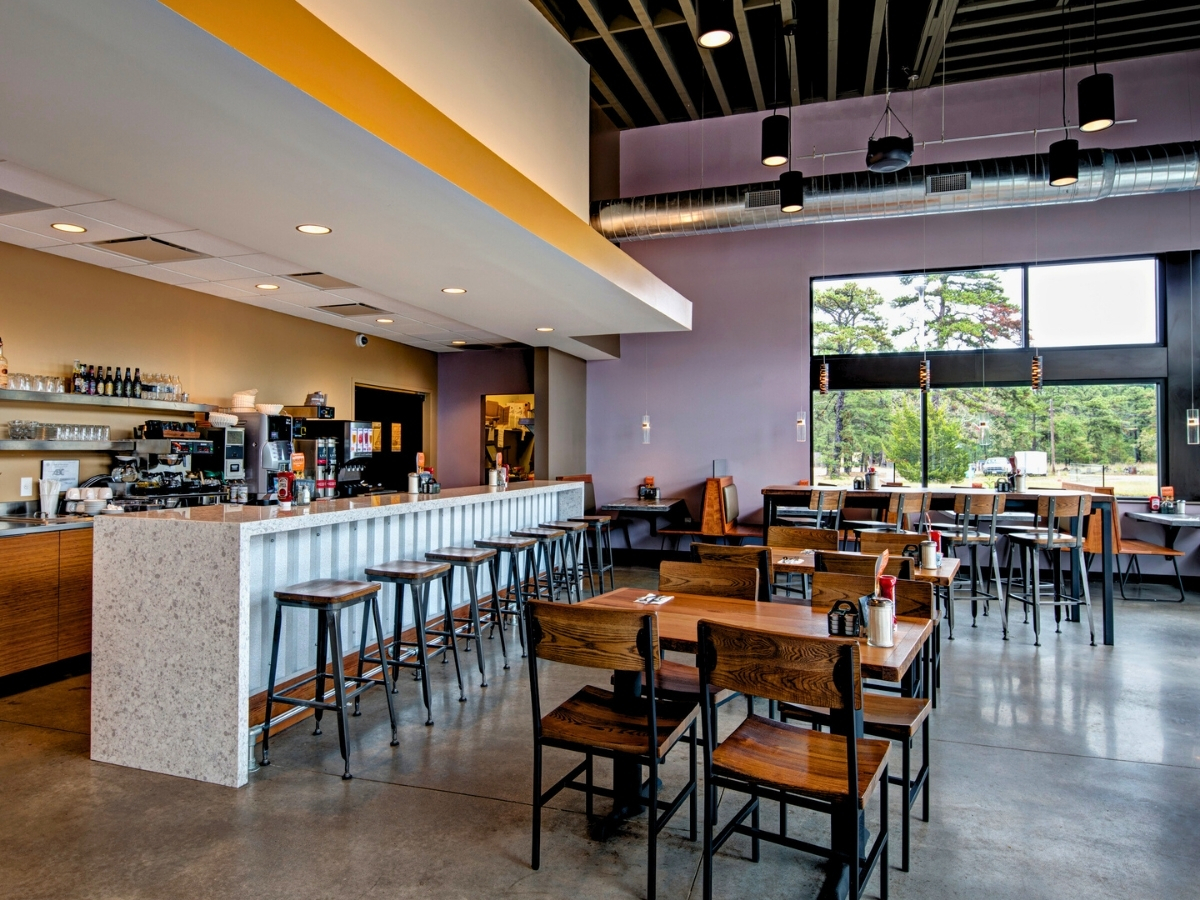In the United States, Cinco de Mayo calls to mind, images of taco specials and margaritas larger than your head. This is not the case in Mexico proper. It is not, as believed by so many, Mexican Independence Day, which is observed on September 16. Cinco de Mayo celebrates the Mexican people’s victory at the Battle of Puebla against French forces.
Since food is such an integral part of Cinco de Mayo celebrations, it’s important to note the difference between authentic Mexican cuisine and the prevalence of Tex-Mex in the United States.
With origins dating back to thousands of years ago, Mexican cuisine is best described as a vibrant fusion of Mesoamerican cooking and European influences. From Aztec and Mayan cultures, ingredients like corn, beans, avocados, tomatoes, and chili peppers find their way as the base of most meals. Mexican tradition uses a heavy European, mostly Spanish, influence through ingredients like rice, livestock animal meat, dairy products, and various herbs and spices. Combining native and foreign traditions, has given rise to the unique flavor palette Mexican cuisine is known for.

You can’t talk about Mexican cuisine without bringing up mole sauce, the national dish of Mexico. With a similar consistency to gumbo, mole sauce is a staple in the Mexican diet and can be eaten all times of the day, for any occasion. Even though this dish has been around since the 17th century, it is constantly evolving. There are seven types of mole sauce that you will most commonly see in Mexican cuisine: Mole Poblano, Mole Negro, Mole Coloradito, Mole Manchamantel, Mole Amarillo, Mole Verde, and Mole Chichilo. What makes each kind of mole different is the ingredients that are used. From oregano to pumpkin seeds to chocolate to dried chiles, mole sauce can be completely changed depending on the ingredients used. Making mole used to be a labor-intensive process that could take 24 hours to create this delicious, traditional sauce but thanks to modern day appliances, cooking time whittles down to about five hours.
Cuisine by Region
Just as mole sauce can differ by a few ingredients, so does Mexican regional cooking. Like any other country, traditions vary by region, each adding its own flavor to the repertoire of Mexican cooking.
- Northern Mexico is known for using grilling techniques with livestock meats since herding is popular in this region.
- Oaxaca is known for its seven mole varieties. Although this is the national dish of Mexico, these seven variations are popular throughout the region.
- The Yucatan region is known for using a cochinita pibil technique, which features burying food inside banana leaves and cooking it in a pit oven.
- Central Mexico and Puebla are a mixture of regional cuisines with the diverse population of Mexico City. You will find both street (antojito) and haute cuisine here, both delicious and authentically made.
- Western Mexico uses seafood as a main ingredient in many dishes because of the proximity to the ocean.
- The Veracruz region is known for being a melding between traditional Mexican, Caribbean, and African ingredients like corn, vanilla, peanuts, and sweet potatoes.
- The traditional cooking of the Chiapas region uses a lot of livestock meat, squash, and carrots.
Like many other cuisine styles, there are countless individuals who have been instrumental in creating and changing the structure and traditions of Mexican culinary methods.
Zarela Martínez is credited with sharing traditional Mexican cuisine with some of the largest audiences in the United States: New York City. Her restaurant, Zarela, was a fixture in the city that never sleeps for 24 years. With several cookbooks and presidential dinners under her belt, Martínez has been rewarded with multiple awards for her dedication to promoting Mexican culture.
While he has notoriety for being a chef and restaurant owner, Ricardo Muñoz Zurita’s dictionary has molded the tradition of Mexican fine dining with its guidebook. His Diccionario Enciclopédico de la Gastronomía Mexicana alphabetically lays out anything needed in Mexican cuisine. These standards have helped shape the present and future of Mexican dining.
Enrique Olvera, one of Mexico’s highest profile chefs, is changing the game of Mexican cuisine at Pujol, a destination all its own in Mexico City. The menu at Pujol is a glorious combination of indigenous ingredients and classic dishes and putting a spin on them such as his infamous 1,000 day “mole madre”. Combining classic techniques and new methods make Olvera an innovator in Mexican cuisine.
Although an American, Rick Bayless has been quite the figurehead for Mexican cuisine in the United States. Sourcing inspiration from the regional cooking traditions of Mexico City, Veracruz, and Oaxaca, Bayless puts this cuisine into the public eye via various cookbooks, restaurants, and a long-running PBS cooking show, “Mexico- One Plate at a Time”. Using these platforms, Bayless shares the richness of Mexican culture through its food with the American people and demystifies between real Mexican food and Tex-Mex.
The Evolution of Tex-Mex
Although it seems like you can find Mexican food on any given street corner in the United States, there’s a good chance that it isn’t authentic Mexican cuisine. Thanks to the Chipotles and Taco Bells of the world, what you probably think is Mexican cuisine is Tex-Mex food. Still very delicious and tasty, Tex-Mex can be described as Americanized Mexican cuisine. This mixing of cultures began as US settlers began moving west and settling in regions in Texas, along the border to Mexico. The settlers began to combine Mexican recipes with ingredients that they were familiar with like beef and wheat flour, instead of the typical corn base that is associated with most authentic dishes.
For the next 200 years, Tex-Mex could easily be identified by its ingredients. Along with beef and wheat flour, black beans, canned vegetables, and yellow cheese (typically cheddar) became stand out ingredients for Tex-Mex foods. Besides these ingredients, Tex-Mex foods take less time to prepare than Mexican cuisine dishes. Traditional Mexican recipes are like French cooking where there is a lot of prep time and increased ingredients that turn the cooking into more of a laborious process. A typical Mexican dining experience uses a four-dish system. Mexican dining is usually made up of four courses: a soup, rice, main dish, and a dessert. This main dish typically consists of full flavored, chili pepper stew, not a plate of enchiladas. Popular Tex-Mex dishes include nachos, chili con carne, and fajitas which are more simple to prepare dishes. Authentic Mexican dishes include mole poblano and chalupas.
While Tex-Mex may be the bulk of what we see in the United States, true Mexican cuisine is out there! Below, we have chosen several authentic Mexican recipes for you to try this Cinco de Mayo:
If you try them, let us know how it went below.







